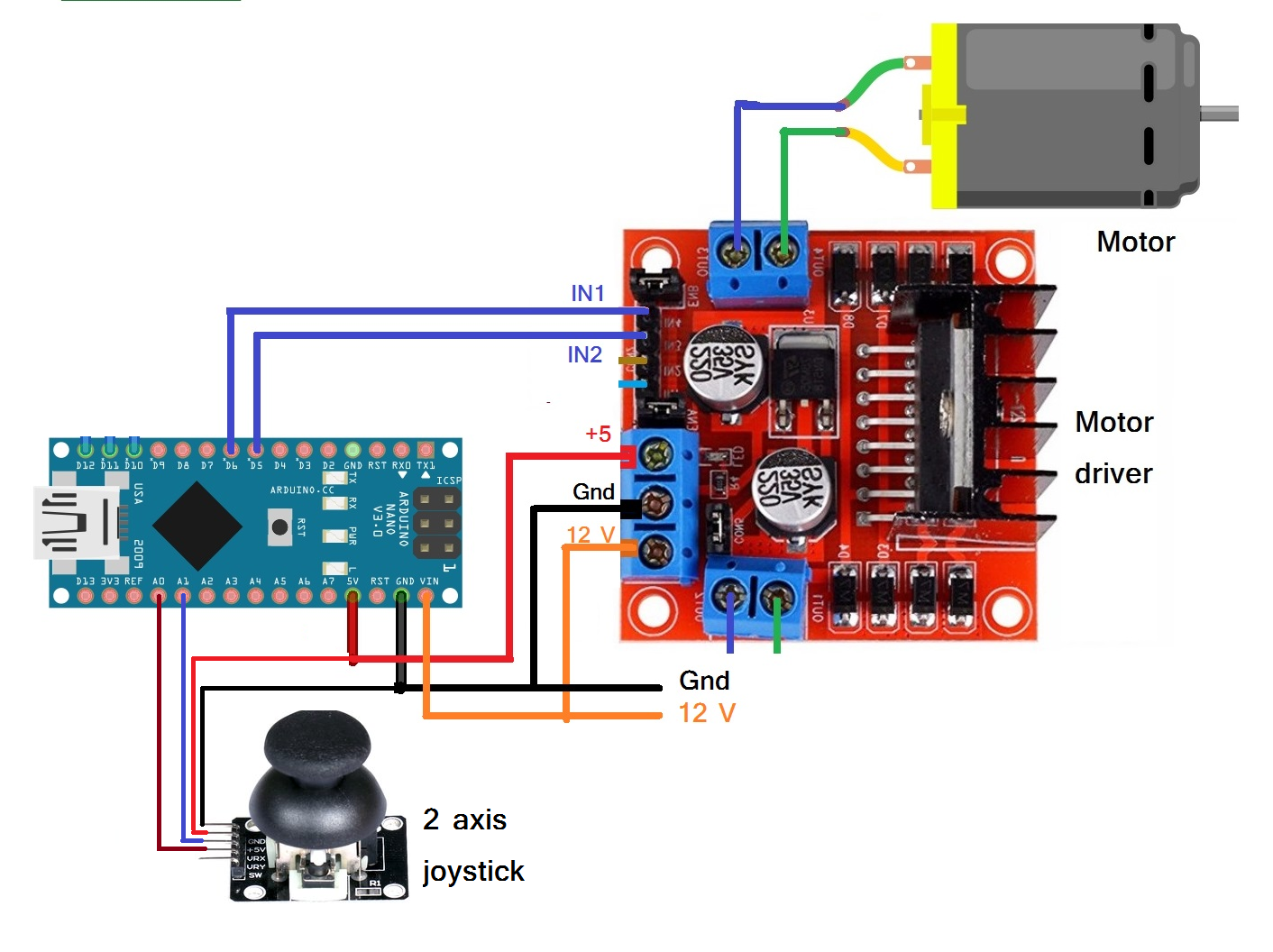
It'd be easier to just emulate it all with an ATTiny (but you'd still need an h-bridge). In fact, I would look into the analog circuits used by early servos (talking stuff from the 1960s-1980s or so) as an idea (or you could just use one of the various chips used in servos today they still require more than a few extra parts - a couple of transistors for a half-bridge, and a handful of diodes, caps, and resistors - maybe an inductor or two). FWIW there are zillions of RC cars with brushless motors and reverse capability.

Fundamentally though, brushless DC motors are certainly reversible.

In short, you would simply be redesigning what is inside a servo - with the feedback potentiometer being the "controller", the motor of the servo running open loop. Do brushless DC motors actually even run backwards A brushless fan as found in a computer contains the controller within the fan and that controller is only designed to spin the fan in one direction.
Two dc motors arduino reverse plus#
I'm envisioning something using the parts you mentioned, plus a window comparator or two (to sense voltage above or below a mid-point value, taken from the pot as a voltage divider), with those outputs feeding into a square-wave VCO or something (for PWM), and from there into one side or the other of an h-bridge. You could do this - but it's going to take a few more parts. There should be a way to construct a simple, analog circuit that consists of not much more than a battery, pot, and dc motor but still allows for proportional forward and reverse movement of that motor.

Because of that fact, servos aren't necessary even though they could be used. Why can't you just use a a 12v battery, a pot, and a 12v motor? This is an Open-loop system.


 0 kommentar(er)
0 kommentar(er)
